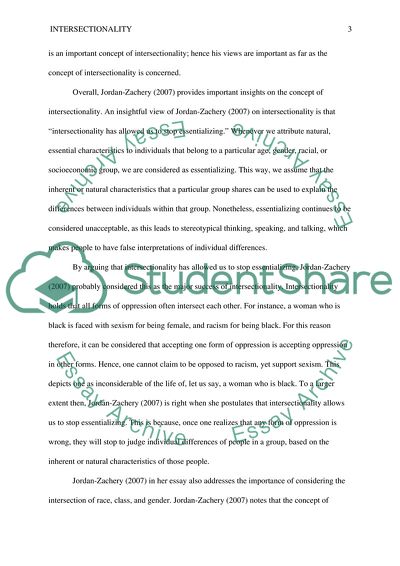Cite this document
(The Concept of Intersectionality Basing on the Work of Jordan-Zachery Essay, n.d.)
The Concept of Intersectionality Basing on the Work of Jordan-Zachery Essay. https://studentshare.org/culture/1836387-intersectionality
The Concept of Intersectionality Basing on the Work of Jordan-Zachery Essay. https://studentshare.org/culture/1836387-intersectionality
(The Concept of Intersectionality Basing on the Work of Jordan-Zachery Essay)
The Concept of Intersectionality Basing on the Work of Jordan-Zachery Essay. https://studentshare.org/culture/1836387-intersectionality.
The Concept of Intersectionality Basing on the Work of Jordan-Zachery Essay. https://studentshare.org/culture/1836387-intersectionality.
“The Concept of Intersectionality Basing on the Work of Jordan-Zachery Essay”. https://studentshare.org/culture/1836387-intersectionality.


